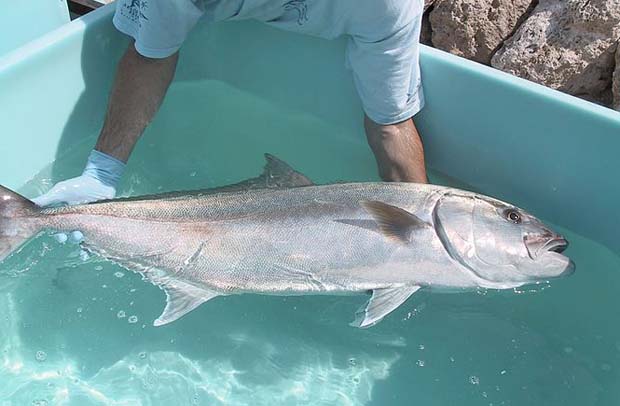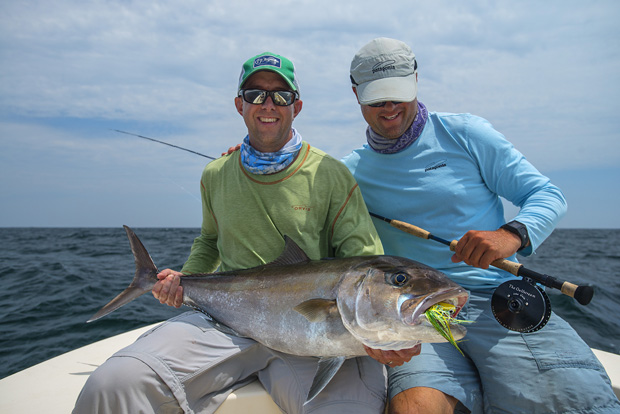U.S. fisheries continue to rebuild; number of overfished stocks remains near all-time low. Total number of rebuilt U.S. marine fish stocks since 2000 rises to 3
April 20, 2016 / NOAA
[dropcap]T[/dropcap]he number of domestic fish stocks listed as overfished or subject to overfishing remain near all-time lows, according to the 2015 Status of U.S. Fisheries report to Congress.
The 2015 report highlights the United States’ continued progress towards managing fish stocks sustainably. This is a result of the combined efforts of NOAA Fisheries, commercial and recreational fishermen, the regional fishery management councils, states, and other partners.
“It’s fitting that this report aligns with the 40th anniversary of the Magnuson-Stevens Act,” said Eileen Sobeck, assistant NOAA administrator for fisheries. “Magnuson-Stevens provided the dynamic, science-based management process that is proving successful year after year at keeping U.S. fisheries among the world’s most sustainable and resilient. This year’s report highlights the act’s continued success.”

Greater Amberjack – Seriola dumerili –
This large fish is slender and agile, and can grow to be more than 6 feet long. Its is mostly a silvery white color, with a darker gray or bluish coloring from above. This is a popular recreational fish but because it is in the of the apex of the marine food chain, the larger ones carry considerable risk of ciguatera poisoning. NOAA image.
In 2015, eight stocks came off the overfishing list:
• greater amberjack in the Gulf of Mexico
• gray triggerfish in the Gulf of Mexico;
• hogfish in the Eastern Gulf of Mexico;
• thorny skate in the Gulf of Maine;
• winter skate in Georges Bank/Southern New England;
• windowpane flounder in the Gulf of Maine/Georges Bank;
• Puerto Rico scups and porgies complex (similar species that occur in the same area)
• Puerto Rico wrasses complex.
In addition, two stocks are no longer listed as overfished—blueline tilefish in the South Atlantic and canary rockfish along the Pacific Coast.
A stock is on the overfishing list when the annual catch rate is too high. A stock is on the overfished list when the population size of a stock is too low, whether because of fishing or other causes, such as environmental changes.
The report also found that two fish stocks—canary rockfish and petrale sole, both on the Pacific Coast—were rebuilt to target levels in 2015. That brings the total number of rebuilt U.S. marine fish stocks to 39 since 2000.
“This rebuilding success demonstrates the importance of the scientific monitoring and responsive management approach Congress built in to the Magnuson-Stevens Act,” said Sobeck. “It also shows that managing fisheries to sustainable levels in an ever-changing environment is an ongoing process of science informing management.”
About NOAA
NOAA’s mission is to understand and predict changes in the Earth’s environment, from the depths of the ocean to the surface of the sun, and to conserve and manage our coastal and marine resources. Join us on Twitter, Facebook, Instagram and our other social media channels.
[information]
NOTE: Featured Image is a big Amberjack caught fly fishing a Charleston, South Carolina artificail reef. Image by thelastcast.net.
Contact:
Jennie Lyons
(301) 427-8013
(202) 603-9372 (Cell)
[/information]


